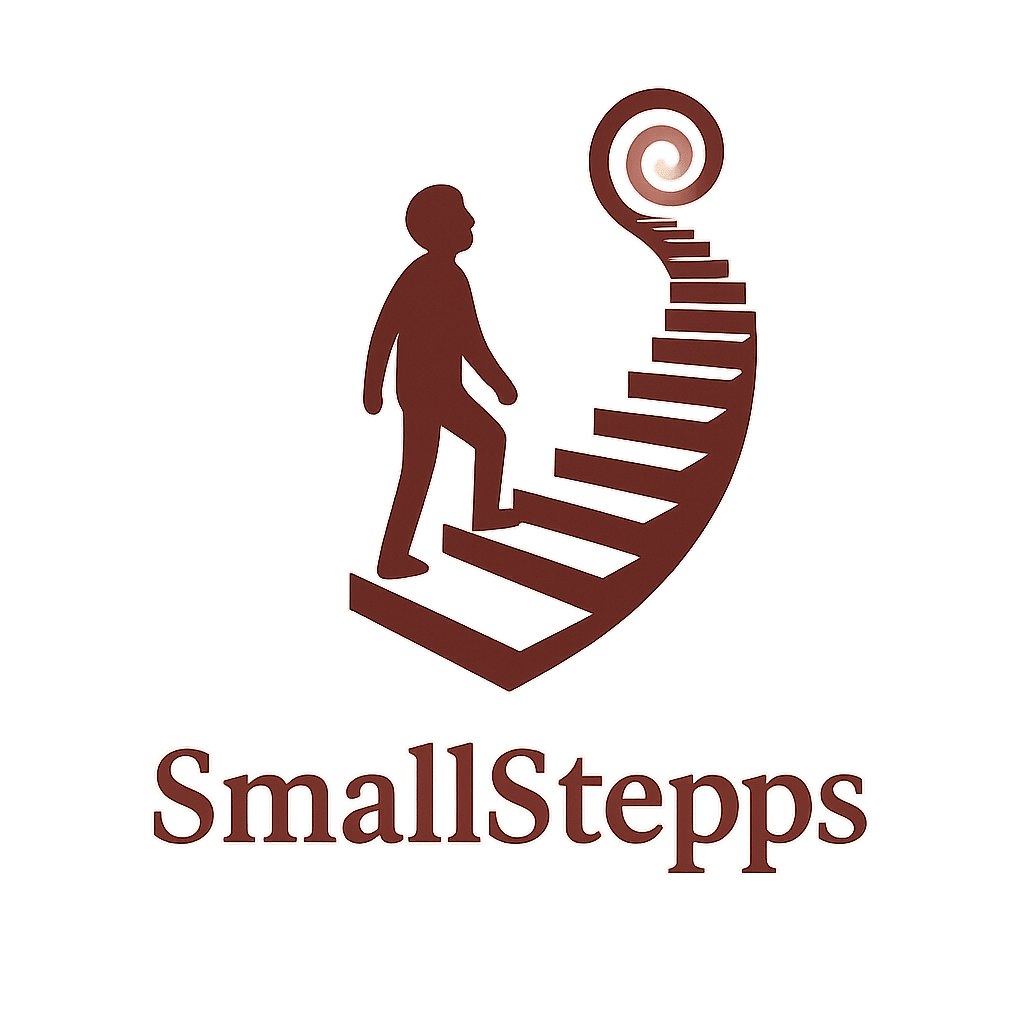Autistic burnout isn’t some vague emotional fog. It’s a very real, very intense state of exhaustion, mentally, physically, emotionally, that many autistic people know all too well. And yet, despite how widespread it is, it’s often ignored, doubted, or mislabeled.
This isn’t just about being tired. It’s about complete shutdown after spending too long masking, navigating sensory overwhelm, or being forced to exist in environments that weren’t built for you.
Let’s talk about what it actually is. What causes it. What it does to people. And why it needs to be believed.
What Is Autistic Burnout?
The term “autistic burnout” describes a specific kind of collapse that happens when someone has been living under too much sustained stress, especially the kind that comes from trying to appear “normal” in a world that doesn’t accommodate autism.
According to a 2023 study published in Autism, people who experience autistic burnout often report:
-
Chronic exhaustion
-
Loss of previously accessible skills (like speech or planning)
-
Heightened sensory sensitivity
-
Increased emotional fragility
-
A deep sense of cognitive shutdown
(Source: Higgins et al., 2023 — link to study)
This isn’t just a bad day or a rough week. Burnout can last for months or even years, especially if the environment causing it doesn’t change.
What Triggers It?
There isn’t one single cause. It builds up over time.
Here are a few things that often lead to burnout:
-
Masking: Hiding autistic traits to “fit in” socially
-
Sensory overwhelm: Loud lights, crowded rooms, scratchy clothes, everyday environments can be too much
-
Lack of accommodations: In schools, jobs, or social spaces
-
Being disbelieved: Especially when you’re “good at passing” as neurotypical
-
Cumulative trauma or stress: Especially in systems that pathologize or punish difference
Eventually, the nervous system just shuts down. And recovery doesn’t look like rest alone, it looks like being allowed to exist authentically.
What It Feels Like (In Real Words)
Here are some common ways autistic burnout shows up, in the words of people who’ve lived it:
-
“I can’t speak even though I want to. Words won’t come.”
-
“I used to be able to cook, clean, work, and now I can’t do anything.”
-
“Everything hurts. Noise, light, smells. Even my own skin sometimes.”
-
“I’m scared I’ll never get back to who I was.”
This is not weakness. It’s the body’s way of saying, “I’ve reached my limit.”
Why It’s So Often Misunderstood
Because autistic burnout isn’t in the DSM. Because it overlaps with depression. Because many autistic people are good at hiding distress until they crash. And because professionals, unless they’re trained in neurodiversity, often miss it completely.
That’s why so many people go undiagnosed or misdiagnosed. They’re handed antidepressants when they need accommodations and rest. They’re told to push through when they need to pull back.
What Actually Helps
There’s no universal “cure,” but here’s what people in the autistic community and researchers (like Higgins et al., 2023) consistently point to:
-
Reducing expectations
-
Taking time off from masking
-
Spending time in sensory-safe spaces
-
Stimming freely without shame
-
Connecting with other autistic people
-
Being believed and validated
-
Accessing therapists who understand neurodivergence
And most of all: giving yourself permission to stop pretending you’re okay when you’re not.
Why Validation Matters
One of the most harmful parts of burnout is how often it’s met with skepticism. People think you’re being dramatic. Or lazy. Or just going through a phase.
But autistic burnout is real, and being believed is a huge part of healing.
The more we talk about it, the more we push for systemic change (in healthcare, education, and workplaces), the safer it becomes for autistic people to ask for what they need before hitting their breaking point.
Final Words
If you’re in it right now, or if you’ve been there before: you’re not alone, and you’re not broken.
This isn’t your fault. Burnout is often the price of trying to survive in a world that doesn’t see you clearly. But it doesn’t have to stay that way.
With the right support, the right environment, and the space to unmask and breathe, healing is possible. Slowly. Gently. On your own terms.


